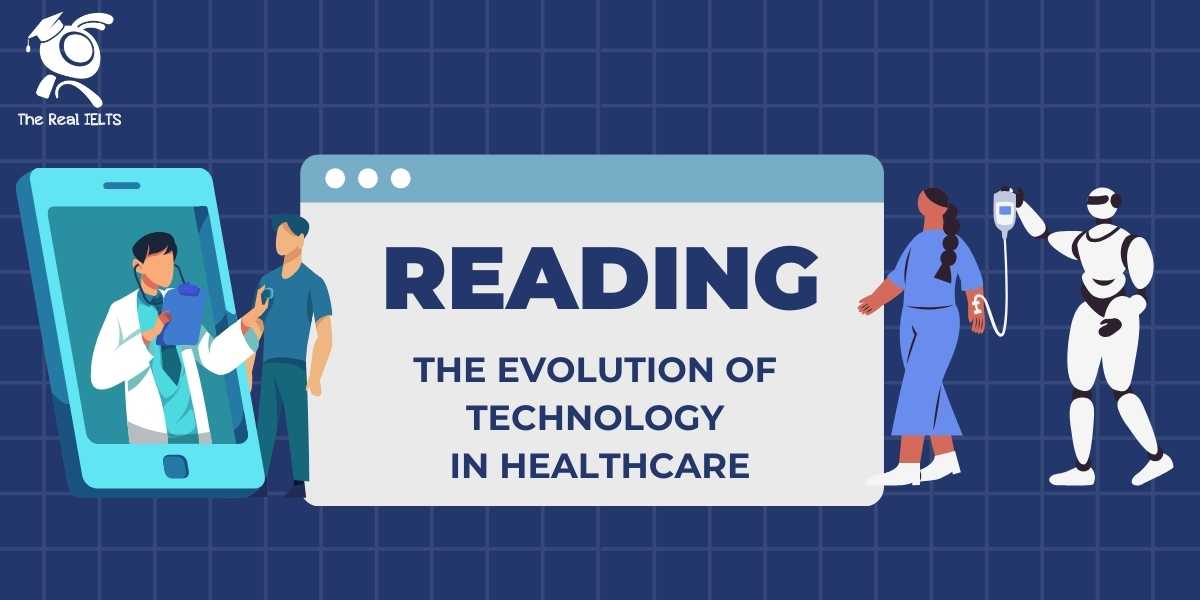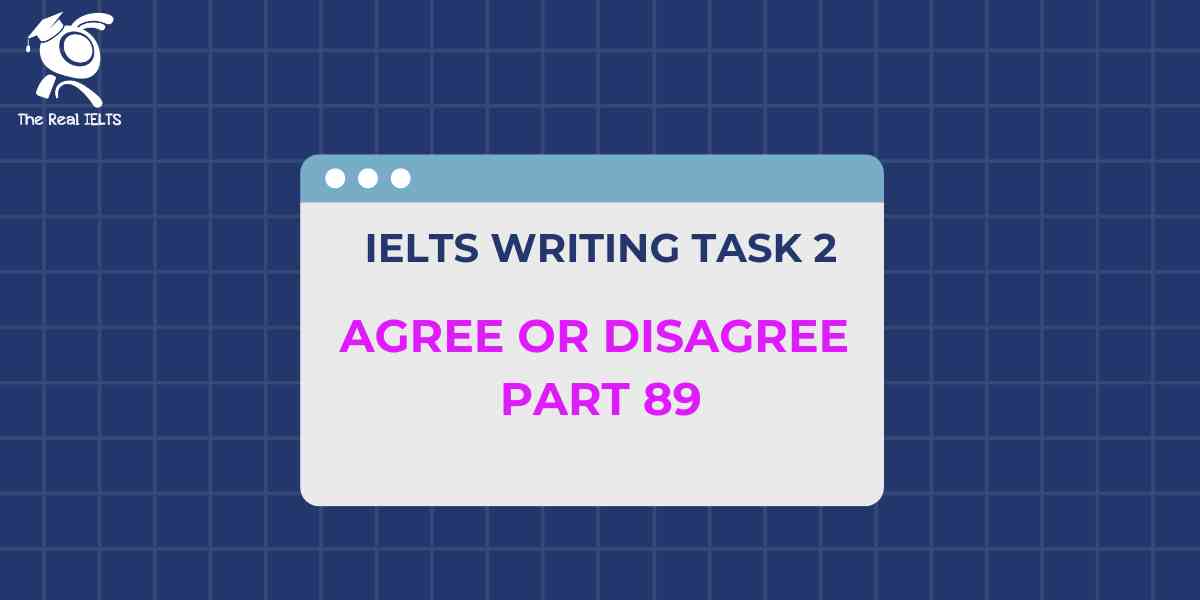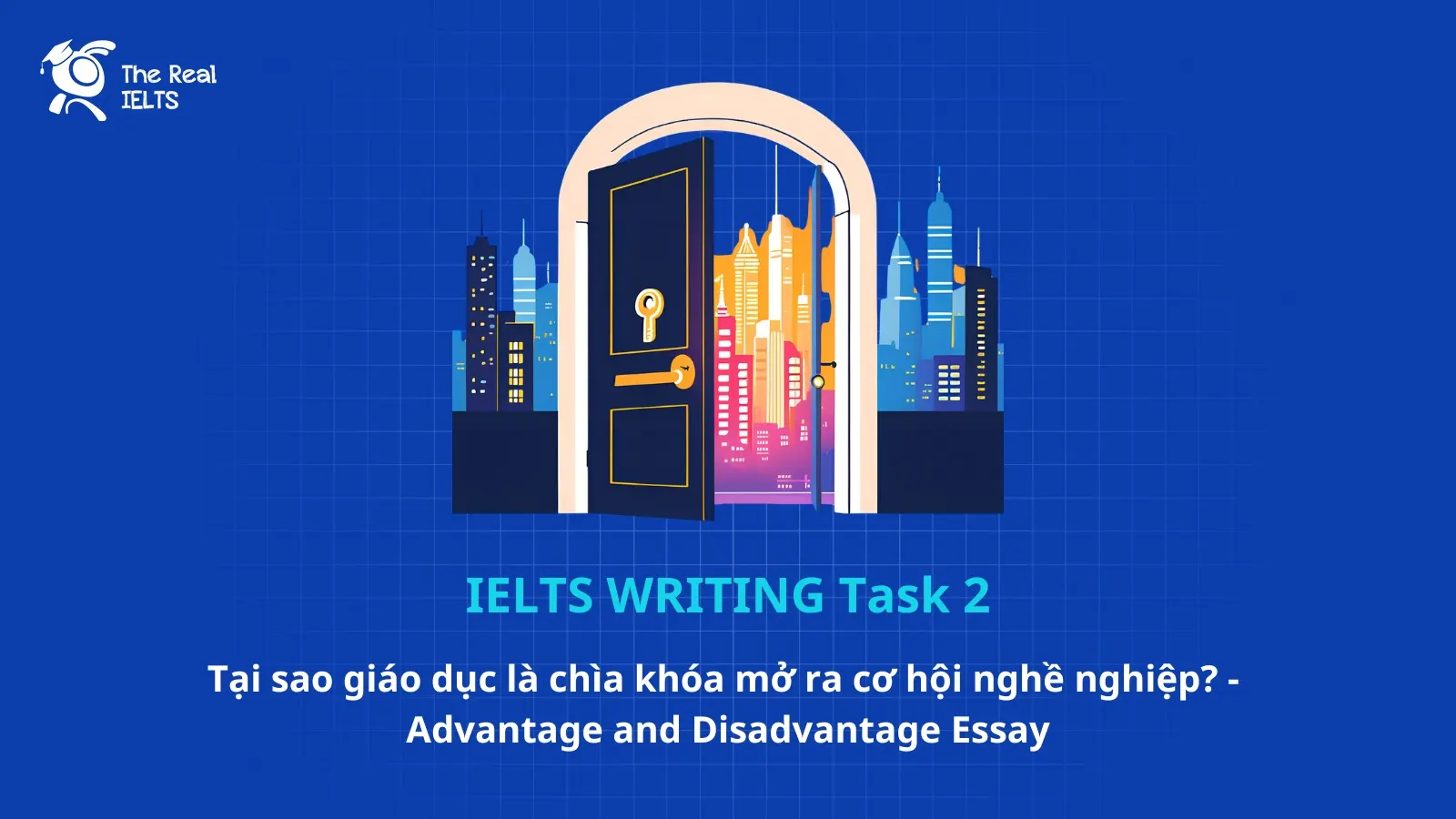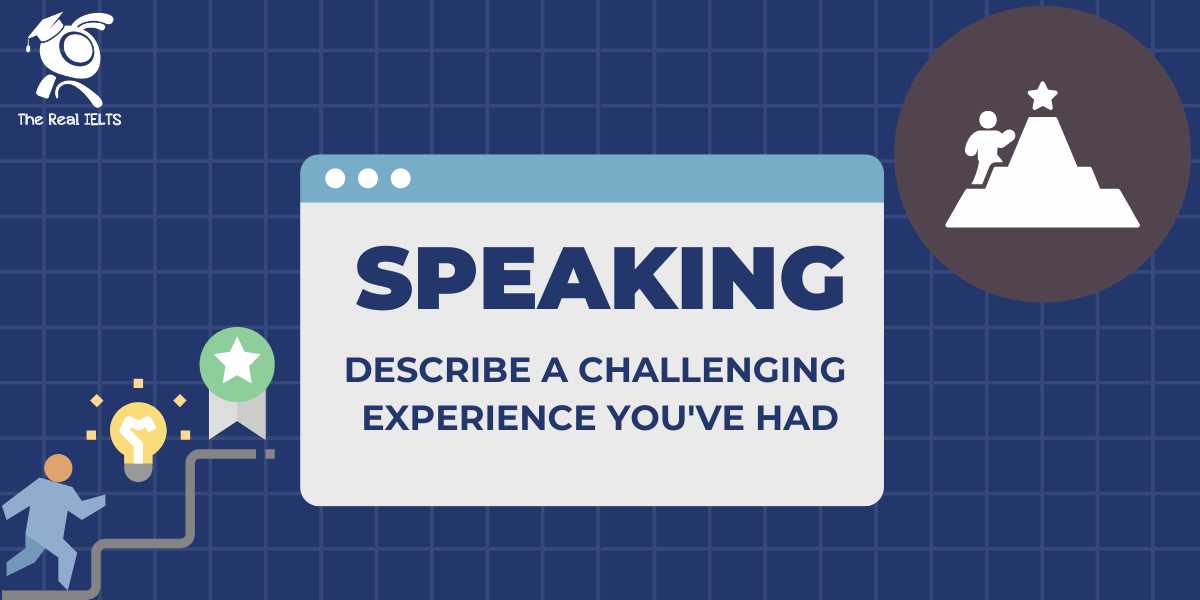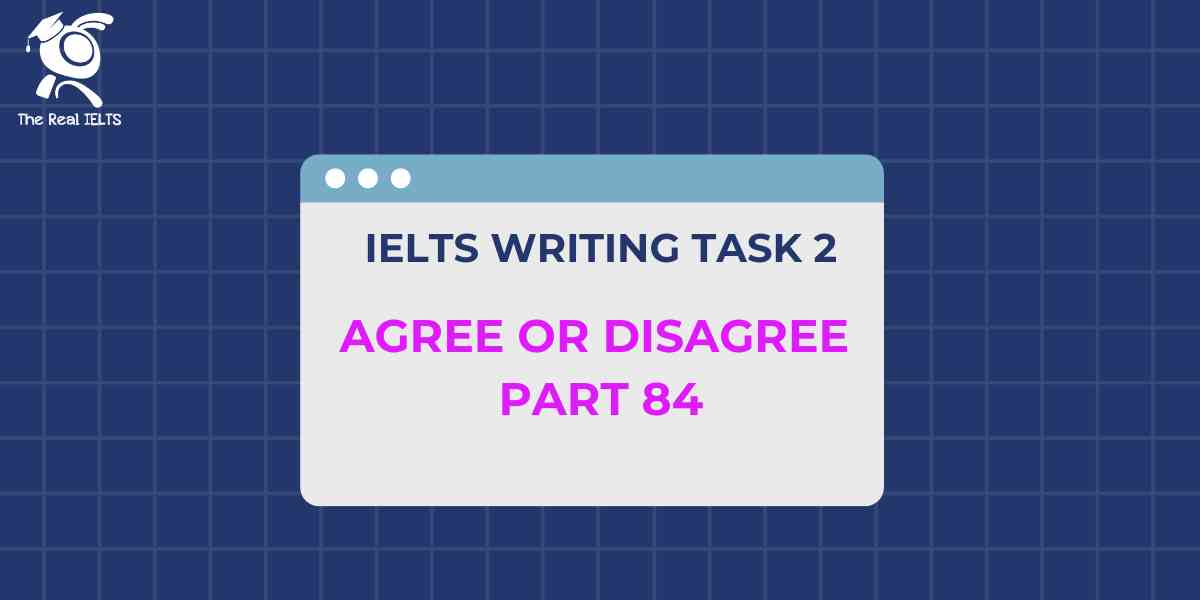Bài Reading này có chủ đề: “Sự Tiến Hóa của Công Nghệ trong Chăm Sóc Sức Khỏe”. Các bài Reading thường sẽ không có phần ghi âm hay luyện nghe luyện nói gì, nhưng đòi hỏi sự tập trung trong quá trình đọc bài viết. Các bạn hãy đọc kỹ bài đọc và trả lời câu hỏi sao cho đúng.
IELTS Reading Practice Exercise: The Evolution of Technology in Healthcare
Passage:
The integration of technology into healthcare has significantly transformed the medical landscape over the past few decades. Initially, the adoption of basic computer systems improved record-keeping and streamlined administrative tasks. However, as technology advanced, so did its applications in healthcare, leading to a revolution in diagnostics, treatment, and patient care.
One of the earliest milestones in this evolution was the development of electronic health records (EHRs). EHRs replaced paper records, providing a more efficient and accessible way to store and retrieve patient information. This innovation not only improved the accuracy of patient records but also facilitated better coordination among healthcare providers.
Subsequently, imaging technologies such as MRI and CT scans revolutionized diagnostic procedures. These technologies allowed for non-invasive, detailed visualization of the internal structures of the body, leading to earlier and more accurate diagnoses. The precision and clarity offered by these imaging tools have been crucial in identifying and monitoring a wide range of conditions, from tumors to neurological disorders.
In recent years, telemedicine has emerged as a critical component of modern healthcare. By leveraging internet connectivity and digital communication tools, telemedicine enables remote consultations between patients and healthcare providers. This approach has been particularly beneficial in rural and underserved areas, where access to specialized medical care is often limited. Telemedicine also proved invaluable during the COVID-19 pandemic, ensuring continuity of care while minimizing the risk of virus transmission.
Another groundbreaking development is the application of artificial intelligence (AI) in healthcare. AI algorithms can analyze vast amounts of data more quickly and accurately than human practitioners, identifying patterns and making predictions that can enhance diagnostic accuracy and treatment plans. For example, AI has been used to detect early signs of diseases such as cancer and to predict patient outcomes based on historical data.
Furthermore, wearable technology has gained popularity, offering patients and healthcare providers new ways to monitor health in real-time. Devices such as smartwatches and fitness trackers can track vital signs, physical activity, and even sleep patterns. This continuous monitoring provides valuable data that can be used to manage chronic conditions, promote healthier lifestyles, and detect potential health issues before they become serious.
The future of healthcare technology looks promising, with ongoing research and development in areas such as genomics, personalized medicine, and advanced robotics. These advancements hold the potential to further enhance the quality of care, improve patient outcomes, and reduce healthcare costs.
In conclusion, the evolution of technology in healthcare has led to significant improvements in how medical services are delivered and experienced. From EHRs to AI, each innovation has contributed to a more efficient, effective, and accessible healthcare system, paving the way for continued advancements in the years to come.
Questions:
1. Choose the correct letter, A, B, C, or D.
1.1 The primary purpose of electronic health records (EHRs) is to:
- A. replace healthcare providers
- B. store and retrieve patient information efficiently
- C. improve imaging technology
- D. diagnose diseases
1.2 Telemedicine has been especially useful in:
- A. urban areas with high population density
- B. areas with advanced medical facilities
- C. rural and underserved areas
- D. regions with low internet connectivity
1.3 Artificial intelligence (AI) in healthcare is primarily used for:
- A. replacing doctors and nurses
- B. analyzing data to enhance diagnostics and treatment plans
- C. performing surgeries
- D. improving fitness tracker technology
2. Complete the summary using the list of words below.
The development of electronic health records (EHRs) marked a significant step in the evolution of healthcare technology. EHRs replaced ____________ (2.1) records, making patient information more accessible and improving ____________ (2.2) among healthcare providers. Imaging technologies like MRI and CT scans have revolutionized diagnostics by providing ____________ (2.3) visualizations of internal body structures. Telemedicine has become crucial in providing remote consultations, particularly in ____________ (2.4) areas. Artificial intelligence (AI) enhances diagnostic accuracy by analyzing vast amounts of ____________ (2.5). Wearable technology allows for real-time health monitoring, offering valuable data for managing ____________ (2.6) conditions.
List of words:
- coordination
- paper
- rural
- chronic
- detailed
- communication
- data
3. Answer the following questions.
3.1 What are two ways in which telemedicine has proven beneficial?
3.2 How does AI improve diagnostic accuracy and treatment plans?
Answers:
1. Multiple Choice Answers:
1.1 B
1.2 C
1.3 B
2. Summary Completion Answers:
2.1 paper
2.2 coordination
2.3 detailed
2.4 rural
2.5 data
2.6 chronic
3. Short Answer Questions:
3.1 Telemedicine has been beneficial by providing access to specialized medical care in rural and underserved areas and ensuring continuity of care during the COVID-19 pandemic while minimizing the risk of virus transmission.
3.2 AI improves diagnostic accuracy and treatment plans by analyzing vast amounts of data more quickly and accurately than human practitioners, identifying patterns, and making predictions.
Đọc lại bài cũ: Reading Skill Part 16: Globalization and Its Consequences.


